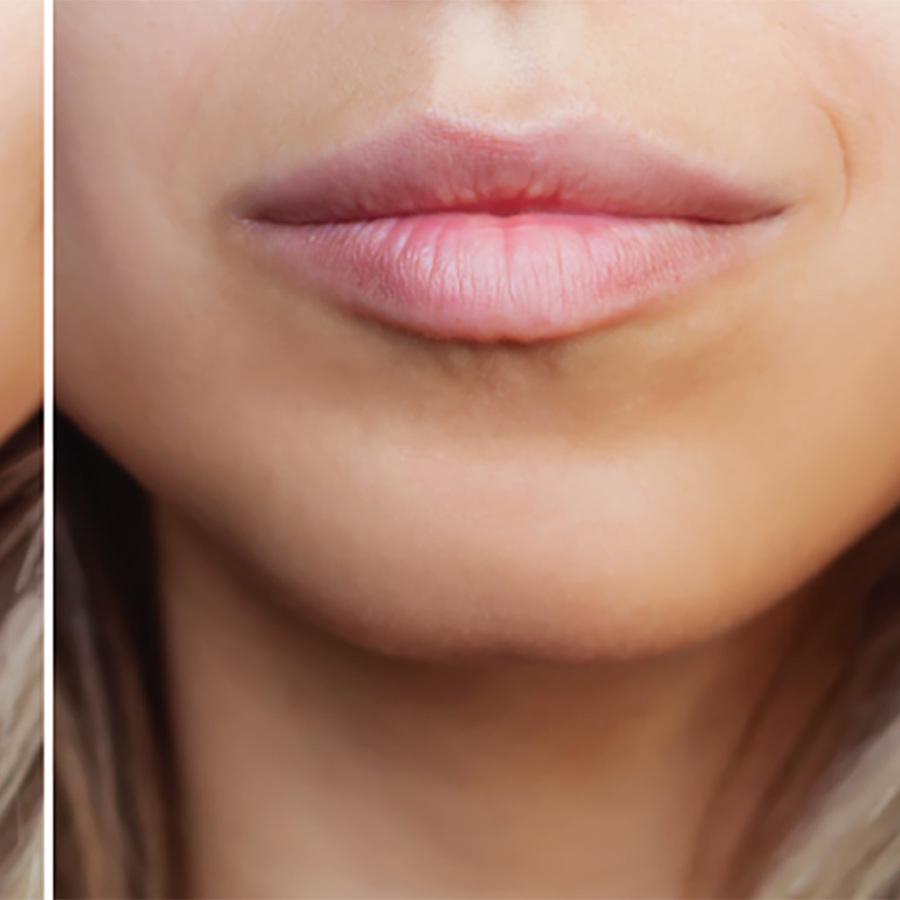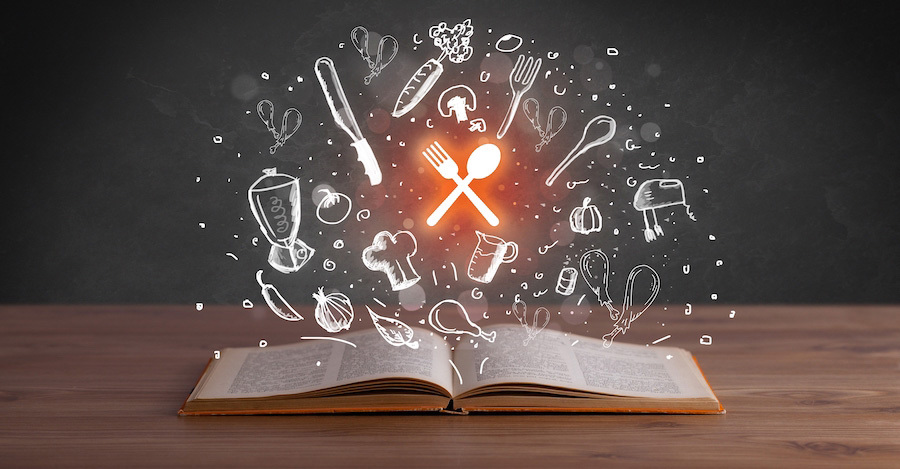
I have a cleft chin, should all my children have one too?
November 16, 2007

- Related Topics:
- Classical genetics,
- Genetic myths,
- Punnett squares
An undergraduate from Virginia asks:
“I have a cleft chin, should all my children have one too? It is a dominant gene, right?”
Editor’s note (09/26/2022): This article describes cleft chins as a dominant trait determined primarily by a single gene. We now know this is a genetic myth. Chin shape is affected by many different genes, and it cannot be accurately predicted with Punnett squares.
What you suggest would be true if we all had just one copy of our genes. But in fact, we all have two copies of each of our genes – one from mom and one from dad.
What this means is that it is possible for someone who has a dominant trait like a cleft chin to pass on an unclefted chin. The reverse would actually be much less likely (but still possible).
Let’s delve a little into how genes work and how they are passed down. From that you will be able to see why some of your kids may end up without a cleft chin.
How are traits passed on?
As I said, we have two copies of each of our genes. Each gene can come in different versions. These different versions are a big reason why each one of us is unique.
The cleft chin gene comes in at least two different versions: clefted and unclefted. These versions, called alleles, are different sets of instructions for forming your chin. One version tells the body to make a smooth chin; the other tells the body to make a cleft chin.
Because you have 2 copies of each gene, you may get one copy that says to make a cleft, and one that says to make a smooth chin. This is where dominance can come into play. Some alleles are dominant, such as the cleft version of the cleft chin gene. If you get even one of these genes, you almost always end up with a cleft.
The other version is called the recessive allele. This allele only shows its trait when both copies of the gene are the same. In other words, you can have one recessive smooth chin gene, and one cleft gene, and you would never know that the smooth gene was there.
Genes work this way because they only have an effect after they are read and made into proteins. Each gene has the instructions for a different protein. These proteins are the workhorses of the cell, but they have to be made just right or else they can’t do their job properly.
This may be easier to understand if we compare it to a recipe. A recipe works a little like a gene. You read the recipe and make the food, which is like the protein.

If the recipe has a mistake in it, the food won’t turn out right. The same is true with a gene – if there is a mistake, the protein won’t turn out right.
Now with a recipe, you can usually learn what is wrong and correct the mistake. But the cell can’t tell what is a mistake when it is making a protein. So you end up with a mistake in the protein. This makes the protein work differently or not at all.
Recessive alleles are often like a recipe with a mistake in them. When the cell is using this version of a gene to make a protein, it may make a different protein than the original gene would have made. Usually this protein doesn’t do its job correctly.
The dominant gene makes a protein that does work correctly, and it can make up for the recessive gene. This is why the recessive gene only shows up if there is no dominant gene to make up for it. (Click here for more information.)
It is important to note that it is equally likely for a recessive or a dominant version of a gene to be passed on to a child. Dominant versus recessive only makes a difference when the gene is made into a protein.
So what does this mean for chin clefts?
From this we can see that if you have a smooth chin (the recessive trait) you most likely have two copies of the recessive gene. (There are always exceptions in genetics, so it is possible to have two smooth chin genes and a cleft chin. But this combination is very unlikely.)
If you have a cleft chin, it is equally possible to have two dominant alleles or one dominant and one recessive allele. Either way, your chin will look the same. But which combination you have will affect the likelihood that your children will have a cleft chin.
If both copies of the gene are dominant, then each of your children will get a dominant version from you. So it is likely that they will each have cleft chins.
But if you have one dominant cleft gene and one recessive allele, each of your children has an equal chance of getting a cleft gene or a smooth chin gene. (Remember, you pass on one copy of each gene to each child, and the copy is randomly selected each time.)
That means that each child has a 50% chance of getting a cleft chin. If you pass on the recessive version, then the shape of your child’s chin depends on which genes your partner has. If your son or daughter gets another recessive gene, then s/he will most likely have a smooth chin. If your child gets a dominant gene, then it will have a cleft in it.
A useful way to show this is with a Punnett square. A Punnett square is really just a chart that helps us organize the genes. Let’s say mom and dad are both carriers for a cleft chin.
Geneticists usually assign a single letter to a trait like cleft chin. We’ll use “C.” The dominant form of the gene will be C and the unclefted version will be c. Since each parent is a carrier, they are both Cc.
I put mom’s two gene versions on the top row of a Punnett square and dad’s on the side like this:
|
|
C |
c |
|
C |
|
|
|
C |
|
To figure out the odds of having a child with a cleft chin, we match up the squares like this:
|
|
C |
c |
|
C |
CC |
Cc |
|
C |
Cc |
cc |
From this we can calculate that each child has a 1 in 4 chance of being CC, a 1 in 2 chance of being Cc, and a 1 in 4 chance of being cc. What this means in terms of cleft chin is that each child has a 3 in 4 chance of having a cleft chin and a 1 in 4 chance of not having a cleft chin.
This is how parents with a cleft chin can have a child without a cleft chin – because cleft chin is dominant. The Cc kids have a chance of passing down the c gene to their kids and so having a child with an unclefted chin. And the CC kid will have all clefted kids. Or will they?
The cleft chin trait is actually a bit more complicated than this. Even if you have a cleft chin gene, you may not get a cleft chin. This is known as variable penetrance, and in this case is due to a second gene that controls the usability of the gene. You can read more about this below.
 Skip Navigation
Skip Navigation
